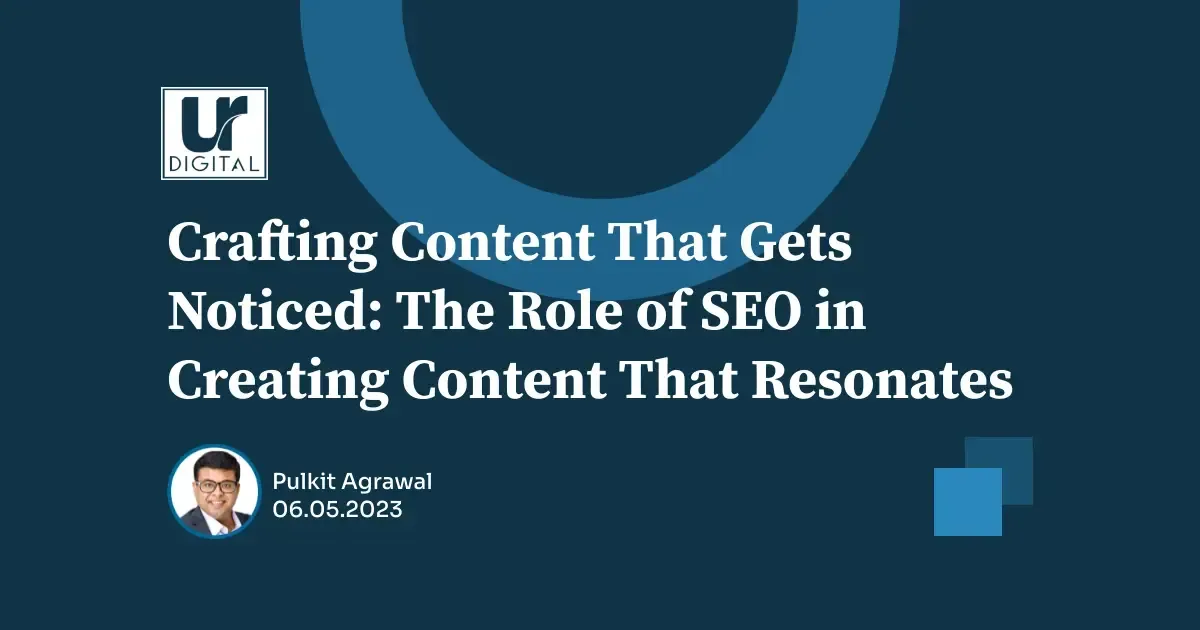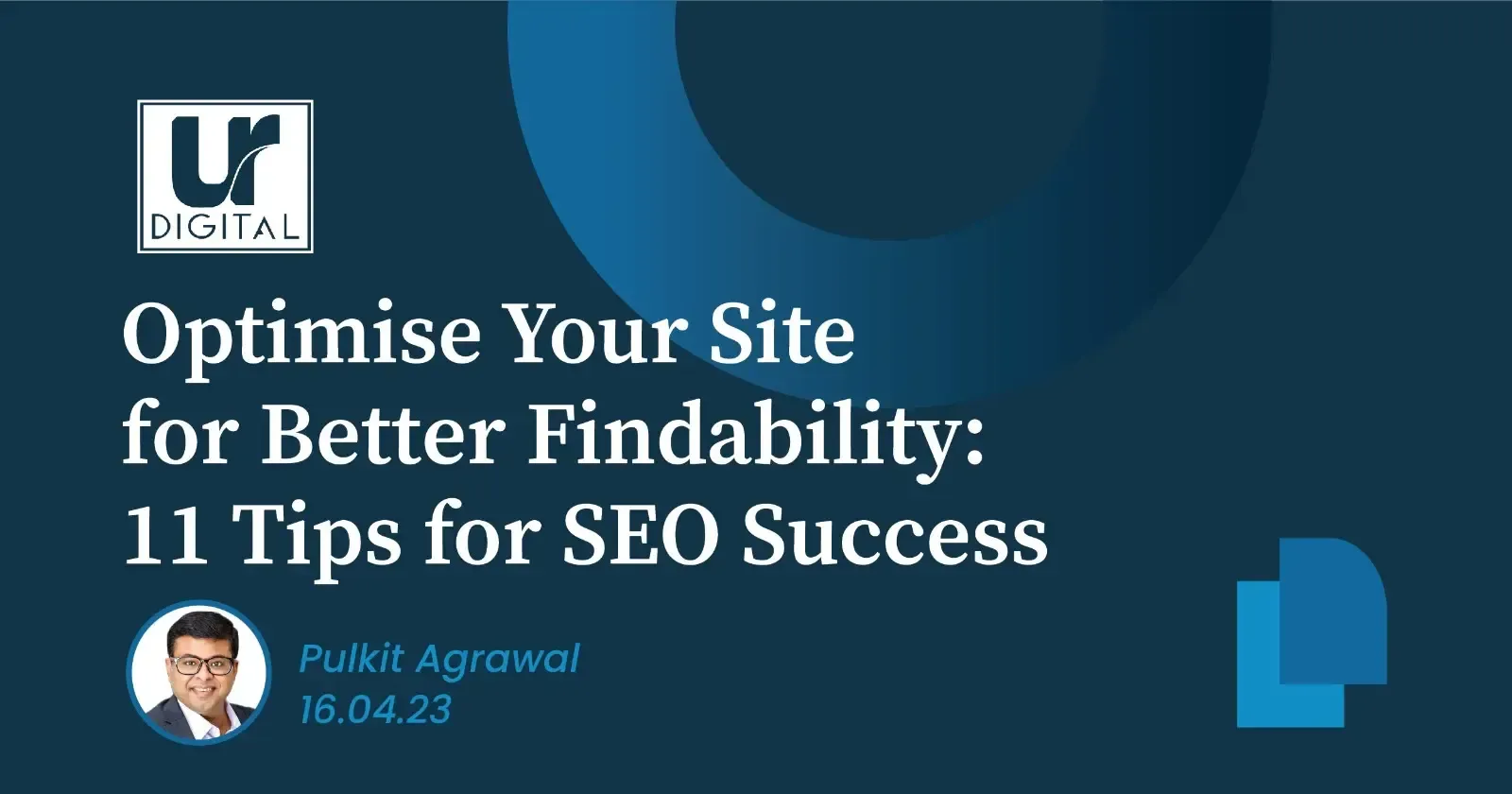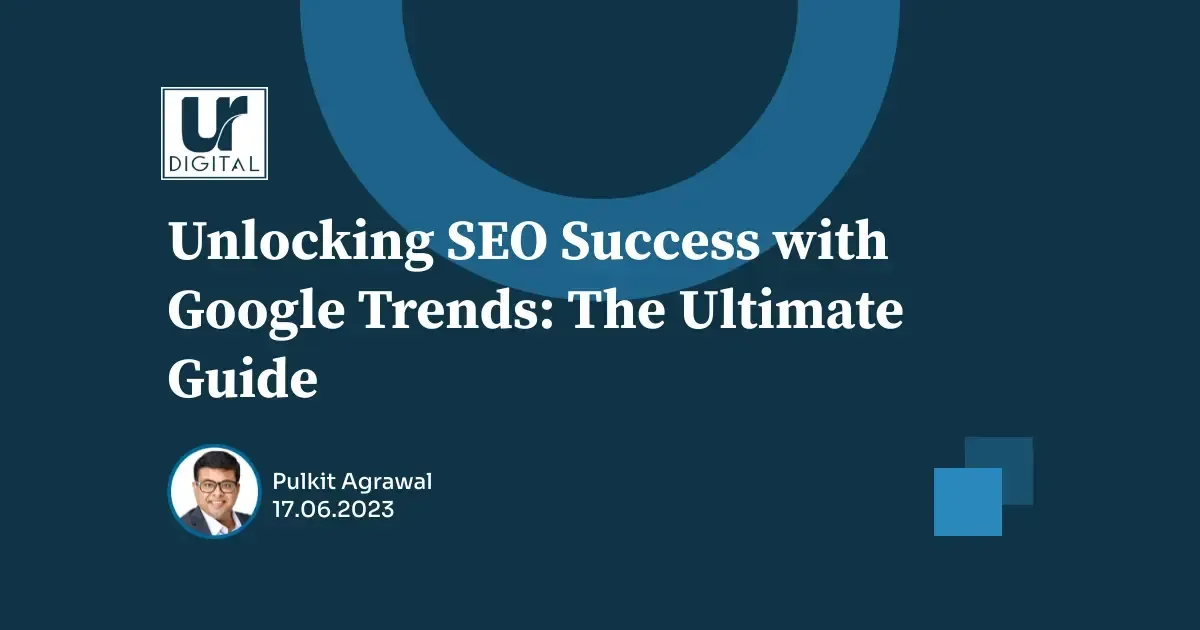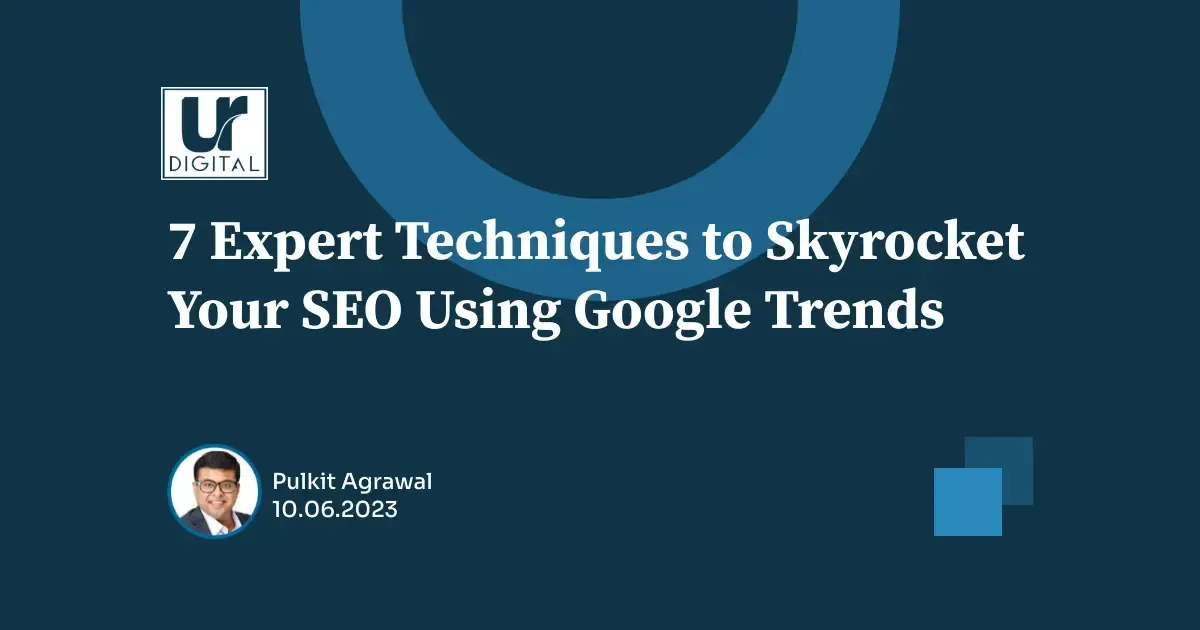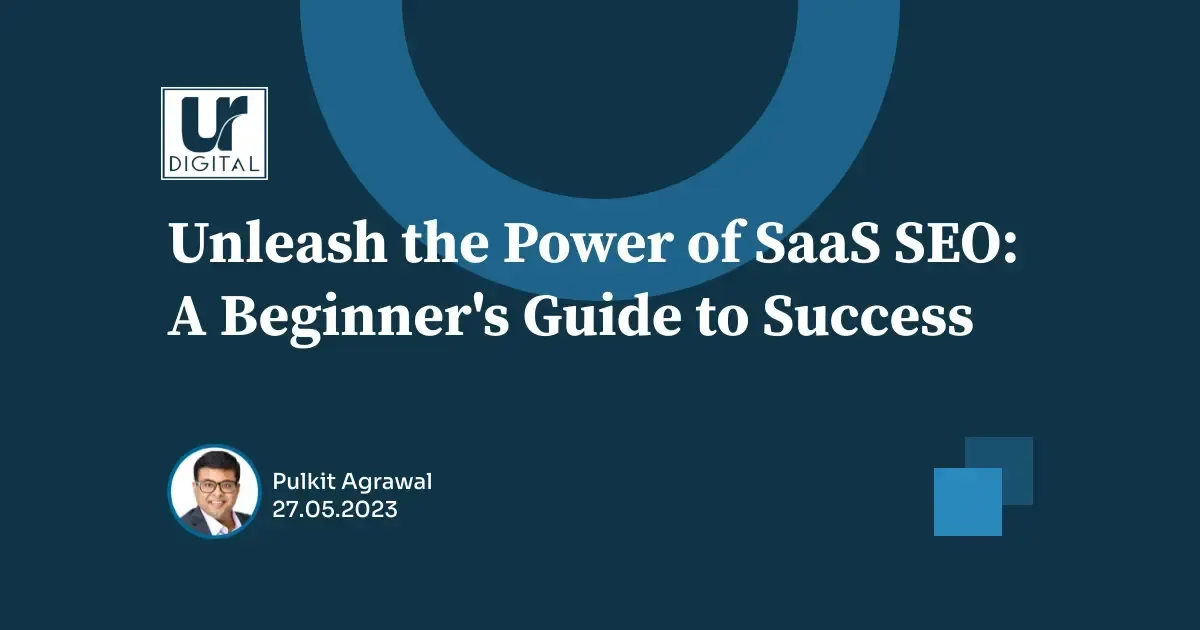Unlocking the Power of Technical SEO Your Ultimate Guide to Boosting Your Website's Performance
Consider Sharing
Search engine optimisation (SEO) is critical to any successful online business. However, many people are unaware of its technical aspect that can significantly impact a website's visibility, ranking, and user experience. This is where technical SEO comes into play.
If you're unfamiliar with technical SEO, we've got you covered. In this article, we will discuss technical SEO fundamentals and explain its importance. Hopefully, in the end, you'll better understand technical SEO and how to utilise it to enhance your website's visibility and success. Let's get started!
What is Technical SEO?
The definition of technical SEO encompasses a set of techniques utilised to enhance a website's ranking on search engines by resolving issues that impact its technical performance. These issues include the website's speed, search engine crawlability and indexability, and mobile device compatibility. Addressing these technical matters can result in a website that ranks higher on search engines, attracts more visitors, and provides an improved user experience.
Why is Technical SEO Important for SEO?
1. User Experience
Technical SEO affects user experience because it impacts the loading speed of the website, ease of navigation, and its performance on different devices. Poor technical SEO can result in a slow-loading website, difficult navigation, and poor performance on mobile devices. This can lead to high bounce rates, low engagement, and decreased rankings, negatively impacting the user experience.
2. Crawling
Technical SEO affects crawling because it determines how easily search engines can access and crawl a website's pages. A website with poor technical SEO can make it challenging for search engines to crawl and index its pages. This can result in incomplete or inefficient crawling, negatively impacting a website's visibility and rankings.
3. Ranking
Technical SEO affects ranking by ensuring search engines understand a website's content and context accurately. When a website is optimised for technical SEO, search engines can better understand the relevance of the website's content to user search queries. This can result in higher rankings, increased visibility, and more traffic.
How to Optimise Technical SEO
1. Efficient Website Architecture
a. Optimal URL Structure
Crafting an effective URL structure is vital for your website. Utilise relevant keywords and keep URLs concise, easily readable, and memorable. Avoid URL parameters, as they may lead to duplicate content issues and hinder search engine crawling.
b. User-Friendly Site Navigation
Ensure your website's navigation is simple to use and comprehend, with well-defined labels and readily accessible links. Organise content logically and establish a clear hierarchy to facilitate user and search engine navigation. Breadcrumb navigation can help users retrace their steps efficiently.
c. Robust Internal Linking
Internal linking is a crucial component of technical SEO. Link related pages within your site to establish content hierarchy and aid users and search engines. This practice also distributes link equity throughout your site, enhancing overall authority and visibility.
2. Enhanced Site Speed
a. Effective Image Optimisation
Optimise images to minimise website load times. Compress and resize images to reduce file size without sacrificing quality. Create descriptive image file names, incorporating relevant keywords. Alt tags should provide alternative text for visually impaired users.
b. Code Minification and Compression
Minify website code by eliminating unnecessary characters, such as spaces and comments. Compress files to decrease load times. Both techniques significantly enhance website speed.
c. Utilising Content Delivery Networks
CDNs improve website speed by serving content from servers closer to users. They also distribute traffic across multiple servers, reducing server load and increasing website availability.
3. Optimal Mobile Optimisation
a. Mobile-Friendly Design Implementation
Incorporate mobile-friendly designs, as the majority of users access the internet via mobile devices. Ensure fonts and buttons are legible and clickable, with sufficient spacing to prevent accidental clicks.
b. Adopting Responsive Design
Responsive design employs CSS to adapt website content to various screen sizes and orientations, improving usability and user experience on mobile devices.
4. Solid Site Security
a. Implementing HTTPS
HTTPS is a secure version of HTTP that encrypts data transmitted between users and websites. This protocol is essential for modern websites, safeguarding user data against cyber threats.
b. Acquiring an SSL Certificate
SSL certificates digitally verify website identities and encrypt data exchanges between users and sites. They are indispensable for ensuring data security and protection against cyber threats.
c. Employing a Firewall
Firewalls block unauthorised website access and can thwart cyber attacks and security breaches.
d. Incorporating Schema Markup
Schema markup uses structured data to help search engines comprehend your website's content and context. This practice can boost website visibility in search results by supplying additional content information, such as reviews, ratings, and contact details.
Common Technical SEO Mistakes
Technical SEO is a complex and constantly evolving field, and it's easy to make mistakes when optimising your website's technical components. Here are some of the most common technical SEO mistakes to avoid:
1. Duplicate Content
Duplicate content is one of the most common technical SEO issues. This occurs when the same content appears on multiple pages of a website or different websites. Duplicate content can confuse search engines and negatively impact a website's visibility and rankings. To avoid this, ensure that each page on your website has unique content and that you're not plagiarising content from other websites.
2. Broken Links
Broken links can occur when a link on a website leads to a dead page or page no longer exists. Broken links can negatively impact a website's user experience and SEO performance. To avoid broken links, regularly check your website for broken links and fix them as soon as possible.
3. Missing Alt Attributes
Alt attributes are used to provide alternative text for images, helping search engines understand a website's content. Missing alt attributes can negatively impact a website's visibility and rankings. To avoid missing alt attributes, ensure each image on your website has a descriptive alt tag.
4. Non-Optimised Images
Images not optimised for speed can negatively impact a website's load time, thus impacting user experience and SEO performance as well. To optimise images, compress and resize them to reduce their file size, use descriptive file names, and add alt tags.
5. Keyword Stuffing
Keyword stuffing involves using too many keywords on a website to try and manipulate search engine rankings. Keyword stuffing is a black hat SEO technique that can negatively impact a website's visibility and rankings. To avoid keyword stuffing, use keywords naturally and sparingly in your content.
6. Cloaking
Cloaking involves showing different content to users and search engines to manipulate search engine rankings. Cloaking is a black hat SEO technique that can result in penalties or a complete ban from search engines. To avoid cloaking, ensure that the content on your website is the same for users and search engines.
7. Ignoring Mobile Optimisation
Ignoring mobile optimisation can negatively impact a website's user experience and SEO performance. With most internet users accessing the internet via mobile devices, optimising a website for mobile devices is essential to improve visibility and rankings. To optimise for mobile, use responsive design, compress images, and use descriptive URLs.
Best Practices for Technical SEO
To ensure that your website is optimised for technical SEO, here are some best practices to follow:
1. Conduct Regular Site Audits
Regular site audits can help identify technical SEO issues and allow website owners to make necessary changes to improve visibility and rankings. Use tools like Google Search Console to conduct regular site audits.
2. Monitor Website Analytics
Website analytics can provide valuable insights into website performance, user behaviour, and technical SEO issues. Monitoring website analytics can help website owners make data-driven decisions to improve website performance and visibility. Use tools like Google Analytics to monitor website analytics.
3. Keep Up with Search Engine Algorithm Updates
Search engine algorithms constantly evolve, and keeping up with the latest updates is essential to ensure a website remains visible and competitive. Read Google’s Search Status Dashboard to keep an eye on the ranking updates.
4. Keep Your Website Up-to-Date
Keeping a website up-to-date with the latest technology, trends, and best practices can help improve visibility and rankings. Regularly updating website content, optimising for mobile devices, and implementing the latest SEO techniques can help ensure a website remains competitive.
Conclusion
Technical SEO is vital for the success of your website's SEO strategy. You can create a user-friendly and easily-discoverable website by focusing on the technical aspects of the website following best practices. Moreover, technical SEO isn't just about pleasing Google; it also improves the user experience, which can lead to better engagement and conversions. But, keep in mind that it is a continuous process that requires ongoing updates and monitoring to stay relevant. you should always keep up with the latest trends and technologies and maintain your website's visibility and relevance in search engine results. Investing in technical SEO can bring significant long-term benefits, including increased organic traffic, better conversion rates, and higher search engine rankings. So, be sure to prioritise technical SEO in your digital marketing strategy and unleash its power to take your website to the next level of success.
Author
PULKIT
AGRAWAL
FOUNDER & MANAGING DIRECTOR
Profile
My name is Pulkit Agrawal and I'm the Founder and Managing Director of
UR Digital. I invest my soul and imagination into every client. I have worked across many industries, over the past 15 years and countless highly successful SEO projects and campaigns.
Skills and Achievements
Multi-lingual SEO (English, German, Cantonese, Mandarin and Japanese). Google, Semrush, BEC Australia and LinkedIn certified. Member Entrepreneur Leadership Network. Guest Author Entrepreneur, Semrush & Inside Small Business.
Connect with me on
Consider Sharing
